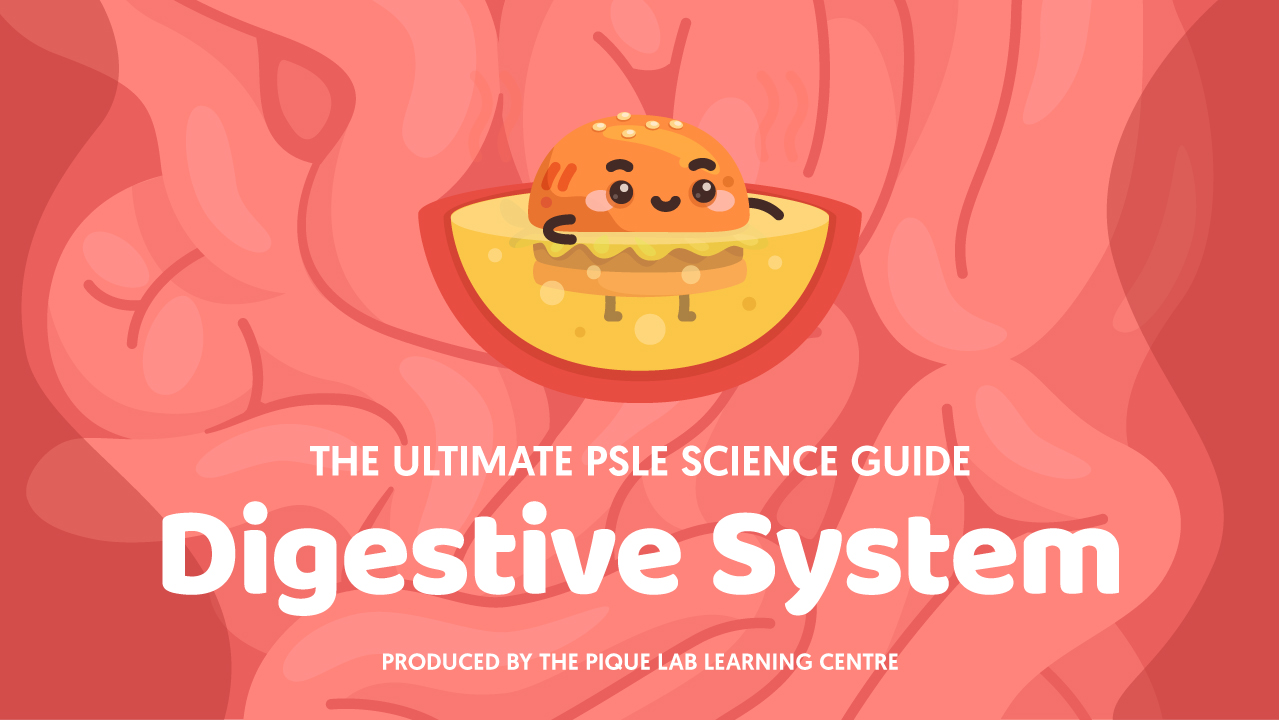Today, we will be discussing a common situation that I’ve encountered frequently with my students regarding the topic of Light.
Most students often find this topic relatively easy and are able to explain the key concepts of light and shadows. However, they tend to struggle when they encounter shadow-related questions involving two or more objects between the torch and the screen. This particular type of question requires students to observe the shadow cast on the screen. After which, they have to mentally visualise (in 3D) the position and orientation of each object between the torch and the screen that causes the shadow to be formed.
Read Also
Such questions are generally more complex and tend to confuse many students as some of them may not know how to go about tackling questions like these. Therefore, in today’s article, I will be sharing the steps and thought processes required to answer questions effectively through the discussion of the question below.
Question

Thought Process
Step 1: Observe The Shape Of The Shadows Formed
Your child should observe the shape of the shadows cast on the screen.
From Diagram 2, we can see two shadows:
#1 Shadow: Ring
#2 Shadow: Rectangle
Step 2: Identify Which Objects Will Cast The Shadows Identified In Step 1
Since Objects A, B and C are made of cardboard, which is opaque, we can conclude that
#1 The shadow of the ring would be cast by a ring-shaped cardboard.
#2 The shadow of the rectangle would be cast by a rectangular-shaped cardboard.
Step 3: Observe The Size Of The Shadows Formed
Next, we need to observe the size of the shadow. We can see that the shadow of the ring is larger than the shadow of the rectangle.
Note: An object that is nearer to the light source will cast a larger shadow.
Step 4: Observe The Size And Position Of The Objects
We can see that Object A (nearest to the light source) is biggest in size. This means that the shadow cast by Object A would be the largest.
Object C (furthest away from the light source) is the smallest. Correspondingly, the shadow cast by Object C would be the smallest.
Step 5: Pulling The Observations Together
Since we have established that
#1 Object A will cast the largest shadow and
#2 The shadow of the ring is larger than the shadow of the rectangle
We can deduce that the ring would be closest to the torch. Thus, the shape of Object A would be a ring.
Important Note
When there are 3 objects between the torch and the screen, it is possible for us to observe a maximum of 3 different shapes (ring, rectangle, circle) of shadows cast on the screen.
However, in the above question, we can only observe two different shapes of the shadows (ring & rectangular) and not a circular shadow. Your child needs to note that only a circular-shaped cardboard can cast a circular shadow.
A possible explanation would be that the shadow cast by the circle was smaller than the shadow cast by the rectangle. Thus, we can only see the shadow of the ring and the rectangle on the screen.
In order for the shadow cast by the circle to be the smallest, the object that has the shape of a circle must be placed the furthest from the torch and has the smallest size.
Thus, Object C is the cardboard that has the shape of a circle.
Final Answer
- The shadow of the ring is bigger. Thus, Object A that is nearest to the torch has the shape of a ring.
- The shadow of the rectangle is smaller. Thus, Object B that is further away from the torch than Object A has the shape of a rectangle.
- The shadow of the circle cannot be seen on the screen. Thus, Object C that is furthest away from the torch has the shape of a circle.
Thus, the answer is Option (4).
Conclusion
Now that you’ve picked up this method, try this together with your child when you encounter similar questions.
All your child needs to do is to follow this 5-step thought process to answer the questions accurately. 🙂
Step 1: Observe The Shape Of The Shadows Formed
Step 2: Identify Which Objects Will Cast The Shadows Mentioned Above
Step 3: Observe The Size Of The Shadows Formed
Step 4: Observe The Size And Position Of The Objects
Step 5: Analyse

If you like our methodology, feel free to schedule a trial lesson in our regular classes:







